1938 Austin 7: Reader resto
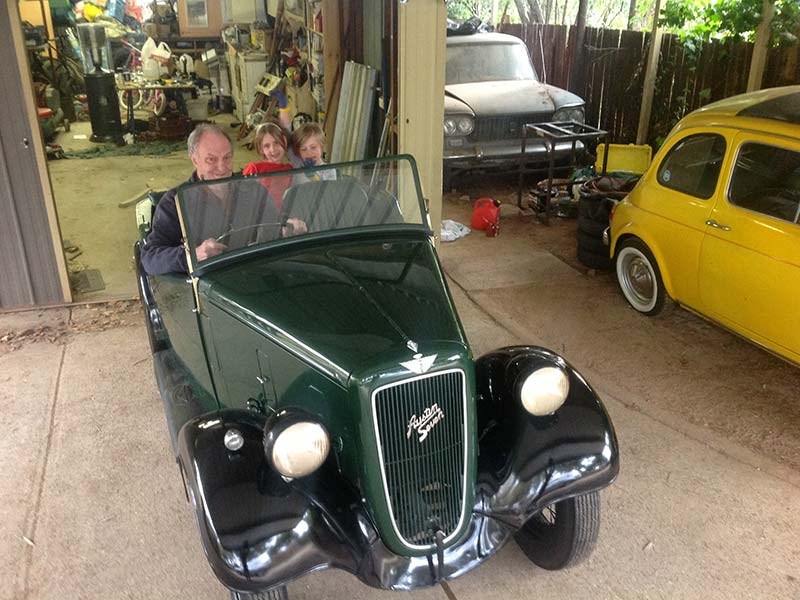 Geoff Hall's 1938 Austin 7
Geoff Hall's 1938 Austin 7

 Geoff Hall's 1938 Austin 7
Geoff Hall's 1938 Austin 7

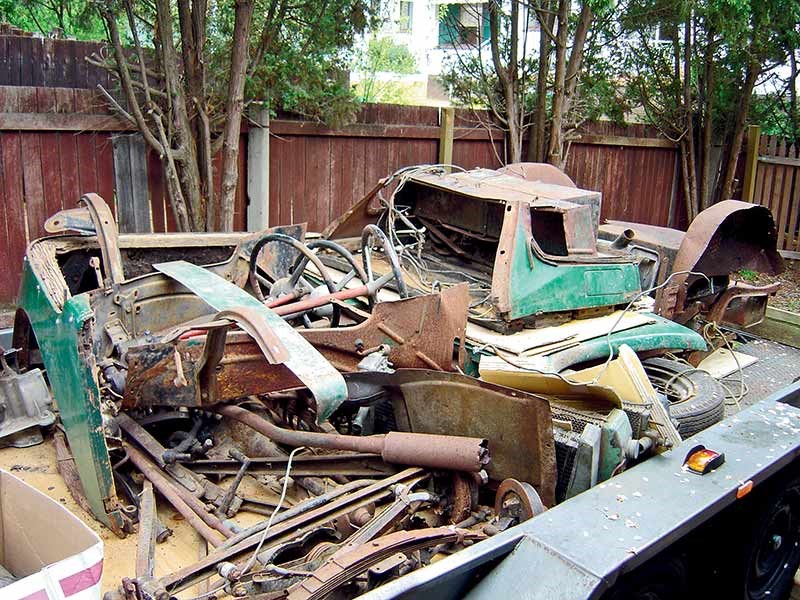 Geoff Hall's 1938 Austin 7
Geoff Hall's 1938 Austin 7

 Geoff Hall's 1938 Austin 7
Geoff Hall's 1938 Austin 7

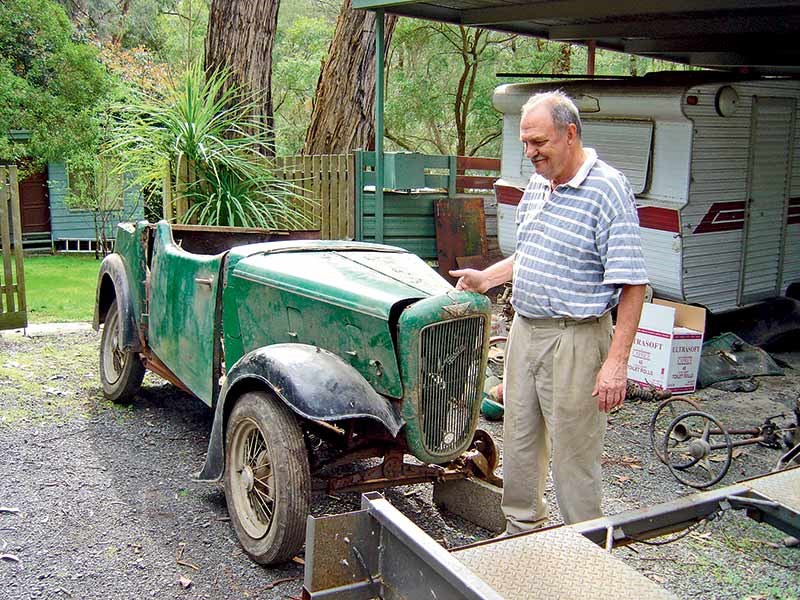 Geoff Hall's 1938 Austin 7
Geoff Hall's 1938 Austin 7

 Geoff Hall's 1938 Austin 7
Geoff Hall's 1938 Austin 7

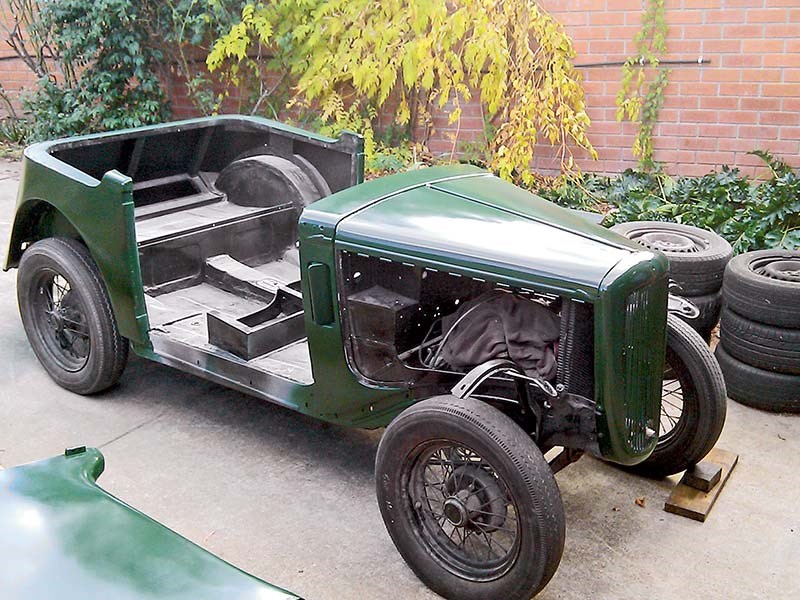 Geoff Hall's 1938 Austin 7
Geoff Hall's 1938 Austin 7

 Geoff Hall's 1938 Austin 7
Geoff Hall's 1938 Austin 7
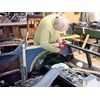
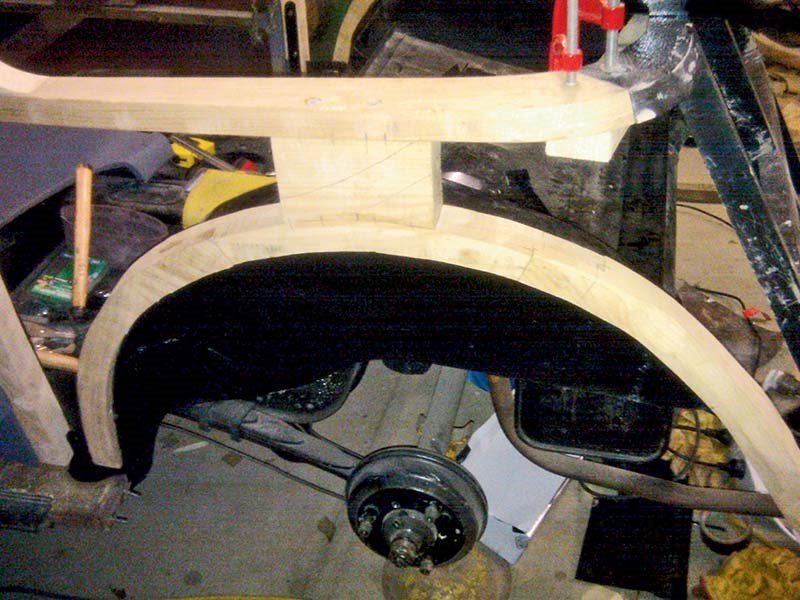 Geoff Hall's 1938 Austin 7
Geoff Hall's 1938 Austin 7

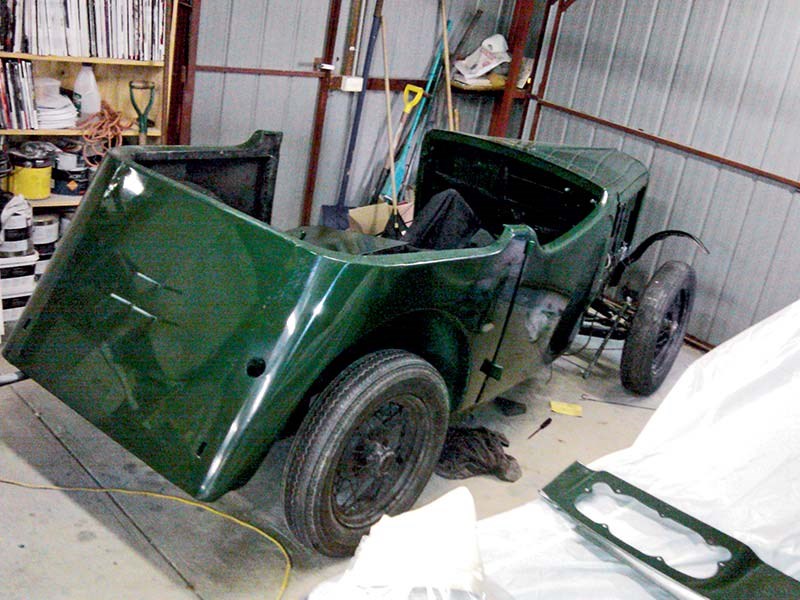 Geoff Hall's 1938 Austin 7
Geoff Hall's 1938 Austin 7

 Geoff Hall's 1938 Austin 7
Geoff Hall's 1938 Austin 7
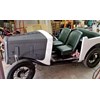
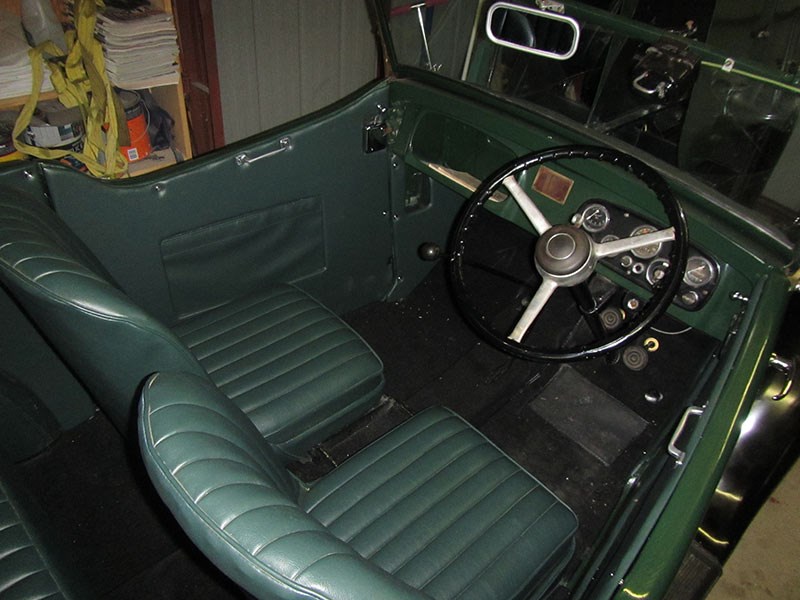 Geoff Hall's 1938 Austin 7
Geoff Hall's 1938 Austin 7

 Geoff Hall's 1938 Austin 7
Geoff Hall's 1938 Austin 7
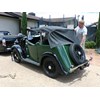
 Geoff Hall's 1938 Austin 7
Geoff Hall's 1938 Austin 7
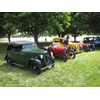

|
|
Geoff Hall's 1938 Austin 7
|

|
|
Geoff Hall's 1938 Austin 7
|

|
|
Geoff Hall's 1938 Austin 7
|

|
|
Geoff Hall's 1938 Austin 7
|

|
|
Geoff Hall's 1938 Austin 7
|

|
|
Geoff Hall's 1938 Austin 7
|

|
|
Geoff Hall's 1938 Austin 7
|

|
|
Geoff Hall's 1938 Austin 7
|

|
|
Geoff Hall's 1938 Austin 7
|

|
|
Geoff Hall's 1938 Austin 7
|

|
|
Geoff Hall's 1938 Austin 7
|

|
|
Geoff Hall's 1938 Austin 7
|

|
|
Geoff Hall's 1938 Austin 7
|

|
|
Geoff Hall's 1938 Austin 7
|
Geoff's near-dead Seven needed a sharp chisel and old-world craftsmanship to bring it back to life...

|
|
Reader resto: 1938 Austin 7
|
1938 Austin 7 resto
My 1938 Austin 7 started life registered to Wilbur Walker, at the police station in Dimboola, Victoria. I’m not sure if it was just his mode of transport to get to and from work, but I like the idea of it being used in ‘high speed’ chases through the country roads of Victoria.
In 1951, it made its way to Melbourne, spending time in the suburbs of Bentleigh, Caulfield, Black Rock and Thornbury, before my father took it on as his first car in Ivanhoe. On one of its Melbourne-based adventures, the front wheels became stuck in the tram lines and the car steered itself into a nearby depot!
During this time, Dad also bought a spare Austin 7, but after a couple of years he upgraded to a Ford Cortina and the Austins took up residence at my grandparents’ house. One day Dad discovered that his ‘spare’ Austin 7 had been taken to the tip (because it was taking up space!), so he rushed to pick up the good one before my grandfather disposed of it as well.
Dad transported the car in a double horse float to his friend Otto’s farm, where it sat in a hay shed for a few years before moving again. He took it to his new family home in Canterbury, where the floorpan, steering wheel and other parts became a playground for my brothers and sister under the house. That’s when we started talking about a restoration.
It was 2005 and I collected all of the pieces from Dad and headed to my home in Canberra. Once loaded, it looked like I should’ve been on my way to the tip, but I had other plans.
In 2007, Ken Walker from the Canberra Antique and Classic Motor Club told me about a mechanically restored sedan from the same era that had a body in need of finishing. With the arrival of my first child, I jumped at the chance of using that car to fast-track my project. I now had all the mechanical parts I needed, and could think about rebuilding the body. How hard could it be? I would find out later.
Early 2008 rolled around and I pulled the Austin’s body out from under boxes of junk and started dismantling the rotten old woodwork. Fortunately, the doors, bonnet, guards and scuttle had been stored under the house at Dad’s and were saved from the weather. They just needed a bit of rust repair and smoothing out.
I took the floor pan to be soda-blasted, just to see if it could be saved. Pretty much all of the flat parts were unusable, but the sills were okay. After much deliberation (about a year), I bit the bullet and in August 2008 cut the good floor out of the sedan, and sold what remained to a chap in Melbourne who had the skills to remake the floor.
By this time baby number two was on the way and our house was being extended, so work on the Austin slowed.
By mid-2010 I had attached the sills to the floor and cut down the rear wheelarches to match the new body. A lot of time was spent measuring and test-fitting to get everything to the right height. The following year I fixed the rust on the scuttle and attached it to the floor pan, with a plan to work my way back to the unknown zone: the woodwork.
I was able to salvage 90 per cent of the old wood to use as patterns, so did some calculations and worked out how much timber I needed. I roughly assembled the car with the old woodwork to see how everything was fitting.
Woodwork was a completely new field for me, so I looked on the internet and YouTube, and chatted with old school friend Matthew, who works for Historic and Vintage Restorations, to find out the right wood to use. He checked with the body builder and found American White Ash was the right type.
Of course, no-one in Canberra sold American White Ash, but as luck would have it, Trend Timbers from Sydney was heading over for a wood-working show, so I was able to order what I needed and collect it in Canberra.
I borrowed a band-saw from fellow Fiat club member John (yes, I also have a Fiat 500 Bambino and 1500 sedan) and so started the long nights in the garage quietly cutting out shapes. They did not always go to plan, but with trial and error I was able to get it right.
Once all the pieces were cut out, I started the assembly: constantly fitting and removing the old side panels to make sure everything was lining up. I decided to use new metal for the flat back panel, but the rest of the body was all re-used. Dad even came to help out with some of the woodwork assembly.
By October 2011 I had most of the frame complete, finished the rust repairs on the back panels, and started nailing it all together. "Might have it done by Christmas," I thought. That didn’t happen. But I had the car looking good enough to get Robert from Pegg’s Auto Trimmers in Macgregor, ACT, to get started on the seats.
I outsourced the black guards to Graham from Civic Smash Repairs in Braddon, who did a lovely job. I was also able to buy brand new bumper bars and running board rubbers from the Austin 7 Club of Victoria, along with some other bits and pieces.
I bought the Bambino in mid-2012, which was a bit of a distraction, but once the Fiat was on the road I really got stuck into the Austin. I thought of its age and decided to get it registered for its 75th birthday. By September the seats were done, but I still had a way to go.
After many hours of filling and sanding (mostly between the hours of 10:30pm to past midnight), I had the car ready for primer in February 2013. Paddy Martin, also from the Fiat Club, helped out by supplying the spray gear and some tips.
Winter was about to set in, but we got some green paint on it just in time, so I could begin polishing and thinking about final assembly. Brian Hourigan, a former spray painter and friend of Paddy’s, was there to help show me what to do on the final coats.
Winter was also a good time to follow up on items such as lights, as I wanted indicators incorporated into the side lights. Classic and Vintage Bulbs were able to supply everything I needed to get the lighting sorted. I then re-wired it all and crossed my fingers. I began the clean-up, painted the windscreen frame and for $80 Eddie Walewicz Glass in Fyshwick cut out and fitted a new laminated screen. Ahh, the simplicity of a flat piece of glass.
Dad came to visit in August 2013, with some new rubber from Antique Tyres. It was very exciting as I had wanted to fit new tyres for about five years. We were also finally able to bolt the guards on and make it look like a car again. We also got the lights working and, with a bit of help from Nulon’s ‘Start Ya Bastard’, fired it up for the first time.
Robert Pegg came back and measured up all the door trims, ready for final fit-out. Once the interior was done he got stuck into the folding roof. I’d decided that the All British Day at the start of December would be the goal and with one last stint of late nights and a great effort from Robert, I was able to get the car registered with a few days to spare. At last, the childhood dream is now a reality.
If you would like to see the car driving around, I have posted a few videos at www.youtube.com/user/Canberraclassiccars.
Unique Cars magazine Value Guides
Sell your car for free right here
Get your monthly fix of news, reviews and stories on the greatest cars and minds in the automotive world.
Subscribe

.jpg)


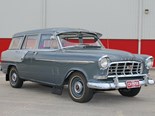
.jpeg)

